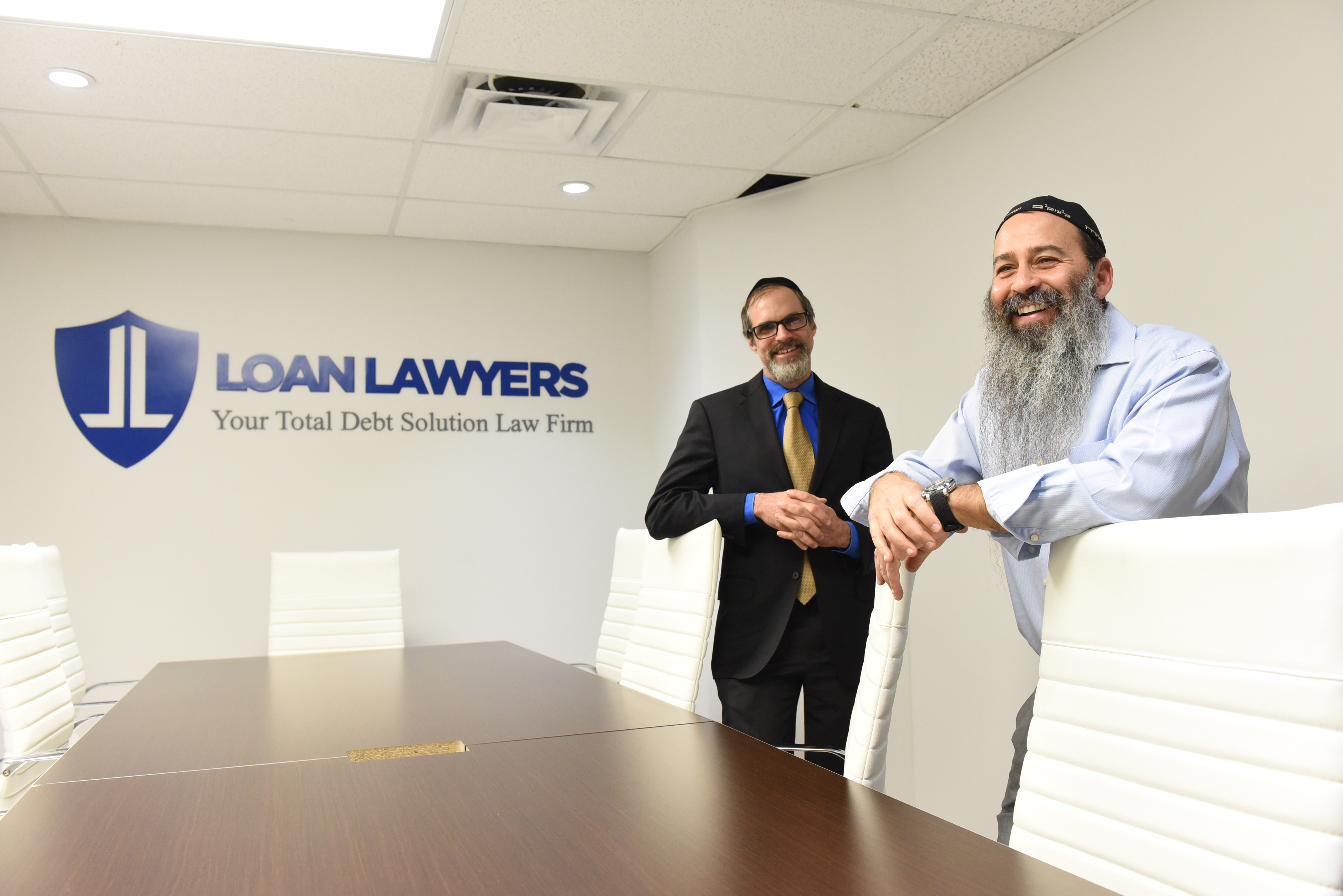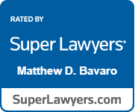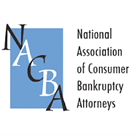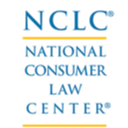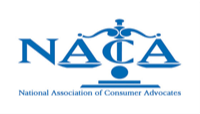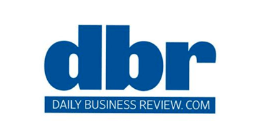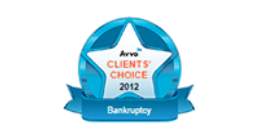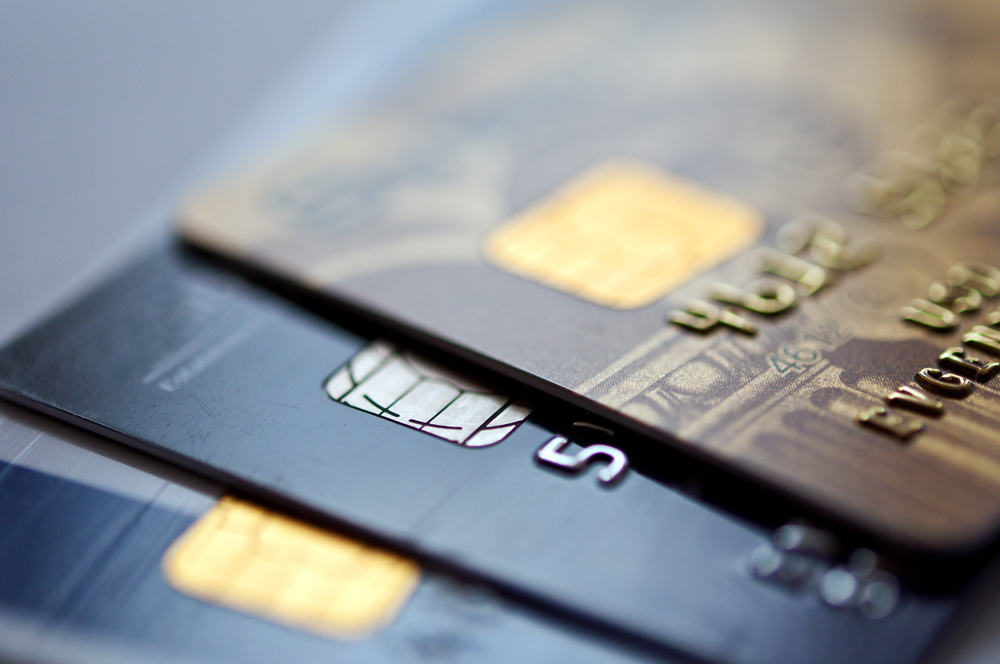
According to the Federal Reserve, for the first time in history, the collective U.S. debt surpassed $4 trillion. Pushing this number over the top are factors such as the usual fourth-quarter culprit of holiday spending, rising student loan debt, and automobile financing.
High Holiday Spending
Since January 1943, the Federal Reserve has been monitoring outstanding consumer debt. At the end of 2018, outstanding consumer credit card balances totaled more than $41 billion.
Student Loans
Student loans to pay for college and universities continue to rise, and serve as the single largest debt burden, outside of a mortgage and car note, faced by as many as 45 million Americans.
According to Student Loan Hero, among the graduating class of 2018, 69 percent of college students took out student loans and graduated with an average debt of $29,800. Also, 14 percent of their parents took out an average of $35,600 in federal Parent Plus loans.
The combined debt burden of those 45 million borrowers is a total student loan debt of $1.56 trillion. This figure, according to Student Loan Hero, is about $521 billion more than the total U.S. credit card debt.
Automobile Financing
Last year, 17.3 million U.S.-made vehicles were purchased in America. The majority of these purchases were for large SUVs and pickup trucks rather than sedans or passenger cars, CNBC reports. Contributing to these vehicle purchases is the shift in consumer preference for larger, more comfortable cars.
In mid-February 2019, the New York Federal Reserve reported that seven million Americans are more than 90 days behind in their auto loan payments, particularly those individuals with low credit scores.
How Much Disposable Income Is There?
A debt-to-income ratio is a tool used by creditors to assess an individual’s ability to borrow money. The debt-to-income ratio is calculated by considering all monthly debt payments and then dividing by one’s gross monthly income. Lenders use this tool to bet on the borrower’s ability to manage payments and repay borrowed money. For example, in many cases, the higher the debt burden is for an individual, the higher the interest rate he or she will be charged, as their ability to pay back debt may be affected by job loss or a natural disaster.
If credit card debt, auto loan debt, and student loan debt are all on the rise, it is just a matter of time before mortgage payments are interrupted. Many events, such as the loss of a job due to downsizing or illness, can quickly affect an individual’s ability to make their mortgage payments. With an inability to pay off personal debt and mortgage debt, a family can quickly require debt relief in the form of bankruptcy to stay above water. Contact our Fort Lauderdale debt relief attorneys for a free consultation.
Bankruptcy Protection
Bankruptcy is a legal process whereby the courts help individuals get rid of or pay off their debts. The U.S. Constitution permits individuals who can no longer meet their debt obligations to creditors to file for bankruptcy reorganization or protection. The two main types of personal bankruptcy options are Chapter 7 and Chapter 13. The chapter in the title just refers to the chapter in the U.S. Code where the bankruptcy laws are contained.
A Chapter 7 bankruptcy permits an individual debtor or borrower to discharge all or part of their debts. Chapter 13 bankruptcies involve a re-organization of an individual’s debt for the purpose of repayment of all or part of the debt pursuant to a payment plan. There are advantages and disadvantages to each method. To understand what works best for you and your family, seek legal advice and counsel from a bankruptcy lawyer.
Not All Debts Are Equally Dischargeable
Even though a bankruptcy filing can eliminate or restructure personal debt, not all debts are equally dischargeable in bankruptcy proceedings. A discharge means that the borrower or debtor no longer has the legal responsibility to pay back a loan or debt. The Bankruptcy Code specifies which types of debt are dischargeable in which types of bankruptcy proceedings (Chapter 7 or 13 for individuals).
Contrary to general belief, some debts are not dischargeable. Even if an individual files for and receives bankruptcy protection, they will still be required to pay back the following types of debt:
- Child support and alimony payments;
- Some tax debt;
- Fines, penalties, and restitution assessed to an individual pursuant to a criminal conviction; and
- Damages caused by an individual driving while intoxicated.
A financial hardship, under extraordinary conditions, may be addressed in a request to modify child support or alimony payments with the family or divorce court that originally ordered the individual to pay these debts.
The next list of debts may be dischargeable, depending on the individual’s circumstances:
- Student loan debt; and
- Some tax debt.
The debts listed below are dischargeable in bankruptcy (whether Chapter 7 or 13):
- Medical bills;
- Credit card debt;
- Lawsuit judgments;
- Personal loans;
- Promissory loans or debts; and
- Any obligation arising out of the contract.
The debts listed below are ONLY dischargeable in Chapter 13 bankruptcy proceedings:
- Martial debt under a marital divorce agreement;
- Tax debt;
- Fees to condo, co-op, and homeowners’ associations; and
- Loans to retirement plans.
Curiously absent from these lists are automotive loans. Automotive loans are rarely addressed in personal bankruptcy proceedings because the auto lender can act against the borrower in as few as 90 days by repossessing the vehicle. Auto loans contain provisions that allow for quick repossession of the vehicle following a default of the auto loan terms by the borrower.
At Loan Lawyers, our Florida bankruptcy attorneys have helped over 5,000 South Florida homeowners and consumers with their debt problems, we have saved over 2,000 homes from foreclosure, eliminated more than $100,000,000 in mortgage principal and consumer debt, and have recovered over $10,000,000 on behalf of our clients due to bank, loan servicer, and debt collector violations.
Contact us for a free consultation to see how we may be able to help you.
- About the Author
- Latest Posts

